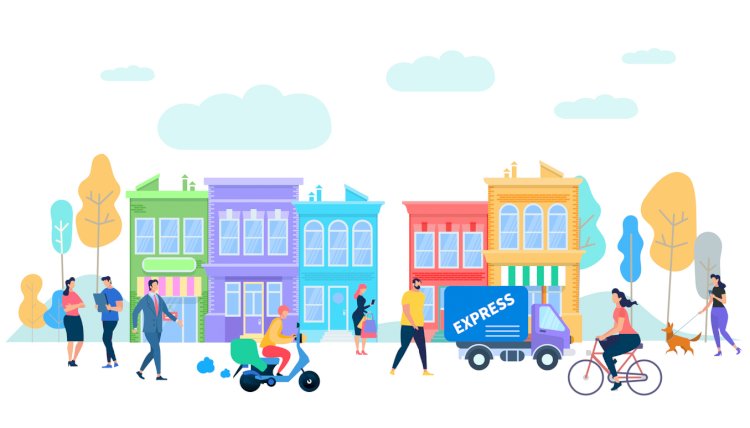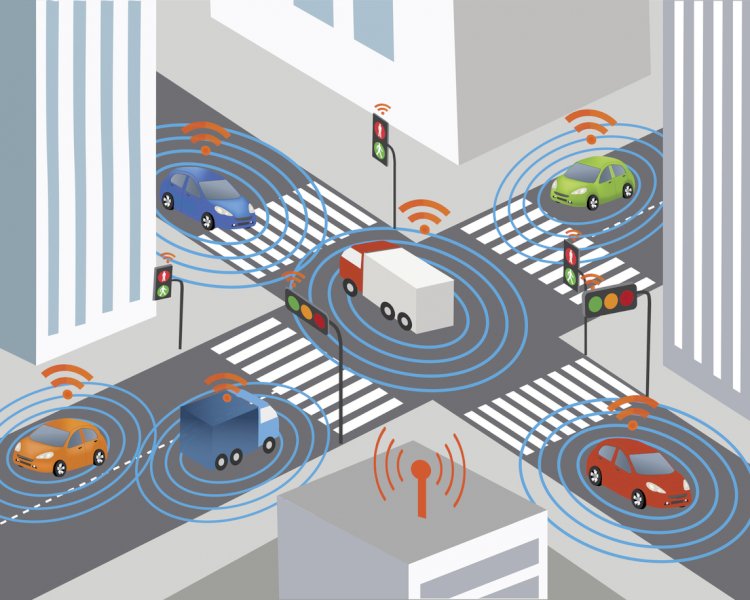Optics: What Is It and How Can It Be Used in Smart Cities?
Smart city technology can sometimes seem like a whole lot of magic. There’s a traffic jam on Oak Avenue, for example, and data is quickly transferred from the site of the traffic jam to the transportation department across town. There, a person looks at the data and makes a quick decision to reroute traffic from Oak to Maple Avenue, getting everyone back on their way faster and with less frustration.

Smart city technology can sometimes seem like a whole lot of magic.
There’s a traffic jam on Oak Avenue, for example, and data is quickly transferred from the site of the traffic jam to the transportation department across town. There, a person looks at the data and makes a quick decision to reroute traffic from Oak to Maple Avenue, getting everyone back on their way faster and with less frustration.
But smart city technology is far from magic.
In fact, a lot of it is the product of major advances in optics, and the practical applications this discipline.
What Is Optics?
Optics is a branch of physics that studies the behavior and properties of light. It is used to study interactions of light and matter and to develop devices that use or detect light.
Both visible light and infrared light are studied in the field of optics.
The study of optics has been used to develop a wide array of technology that’s used in everyday life, including cameras, eye exam equipment, and high-speed internet.
How Is Optics Used in Smart Cities?
Because of the widespread applications of optics, technologies using this discipline are found all over smart cities.
From the routine items that people encounter and use everyday to cutting-edge, innovative applications, here are 4 ways optics are used in smart cities:
Solar Energy & Energy Conservation
 The use of solar panels and cells to collect and store the sun’s rays has been growing increasingly more popular as the components have become less expensive. Advancing technology making them more viable options for use by individual homes and businesses also has helped spur this trend.
The use of solar panels and cells to collect and store the sun’s rays has been growing increasingly more popular as the components have become less expensive. Advancing technology making them more viable options for use by individual homes and businesses also has helped spur this trend.
This alternative energy source already is in use by many municipalities, helping them become more energy-independent and reducing costs as well as carbon use.
In addition to finding better energy sources, optics has been instrumental in the development of devices that help conserve energy used, whether alternative or traditional.
LED light bulbs, for example, are one of the key advances courtesy of optics. From single, small bulbs used in desk lamps and overhead lights in individual homes to full-scale retrofits in commercial and government buildings, LED bulbs help conserve energy and decrease costs.
Telecommunications
Thanks to fiber optics, access to the internet has been able to reach farther and become more affordable for many people. This access to information improves standard of living and economic outcomes, especially for those of lower socioeconomic status.
As technology continues to advance, connectivity becomes even better and faster.
The next step on the high-speed internet road is 5G technology.
This new technology allows greater numbers of devices - computers, mobile devices, and even vehicles and other machinery - to communicate, leading to more connected, safer cities.
High-speed internet also makes it possible for smart cities to collect, transmit, store, and
analyze large amounts of data. This data can be used to improve safety and security, boost energy conservation efforts, save residents time and frustration, and more.
Transportation
 Large cities require a lot of vehicles to move people from one place to another.
Large cities require a lot of vehicles to move people from one place to another.
And, as cities expand, the increased population puts further pressure on already aging transportation systems and roads. This can lead to frustrating traffic congestion, increased pollution, and a rise in dangerous accidents.
With scanners and monitoring systems that utilize optics technology, however, cities can improve their transportation patterns and systems to make traveling better and safer.
Sensors can be installed on traffic lights, for example, allowing for the collection of data relating to traffic patterns. This data is then transmitted, stored, and analyzed - using telecommunications technology that was developed thanks to optics - by city leaders.
New traffic patterns can be established, and congestion can be decreased by using this data. Additionally, city leaders can make public transportation more desirable and convenient, decreasing overall pollution and traffic congestion.
Security
Living in a large city can mean residents are exposed to a unique set of dangers.
From unknown hazardous substances to general crime, leaders of cities are always looking for ways to keep their residents safer and reduce dangerous conditions.
The fields of optics has led to many advances in security procedures, including retinal scanning, laser forensics, and DNA scanning. These technologies have made it easier to identify criminals and dangerous conditions, solving crimes faster and preventing further injuries and deaths.
Making Smart City Technology Work for All Cities
At @Assist, we’re excited by the rise in use of smart city technology. We believe that by creating more connected, engaged, smarter cities, people can live happier, healthier, more sustainable lives. To aid in this mission, we’ve developed Tomo, a smart city management platform. This cloud-based technology connects all the varied pieces of a smart city, creating better, faster decisions and better city environments for everyone. Try it today!

 contact@atassist.com
contact@atassist.com 





